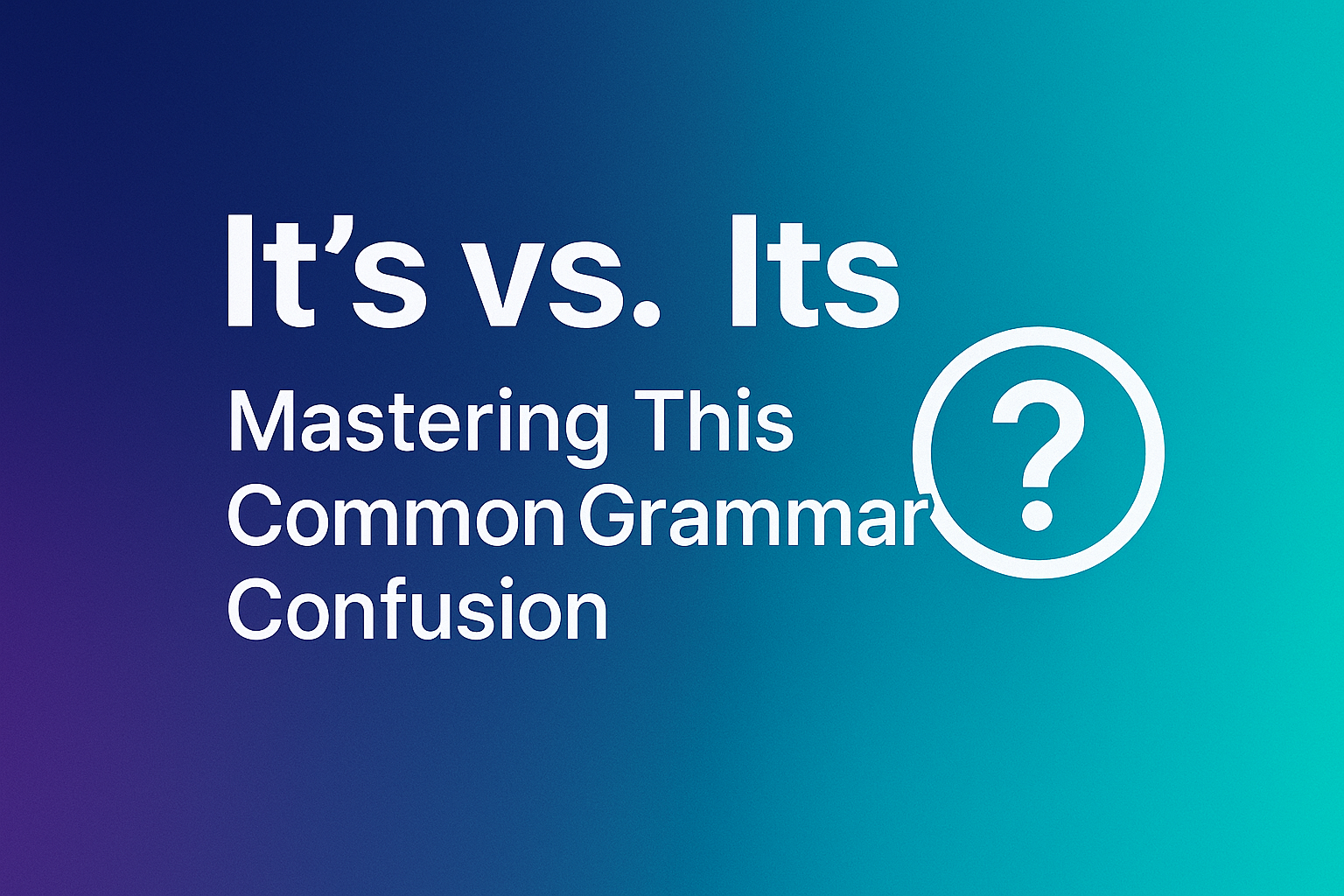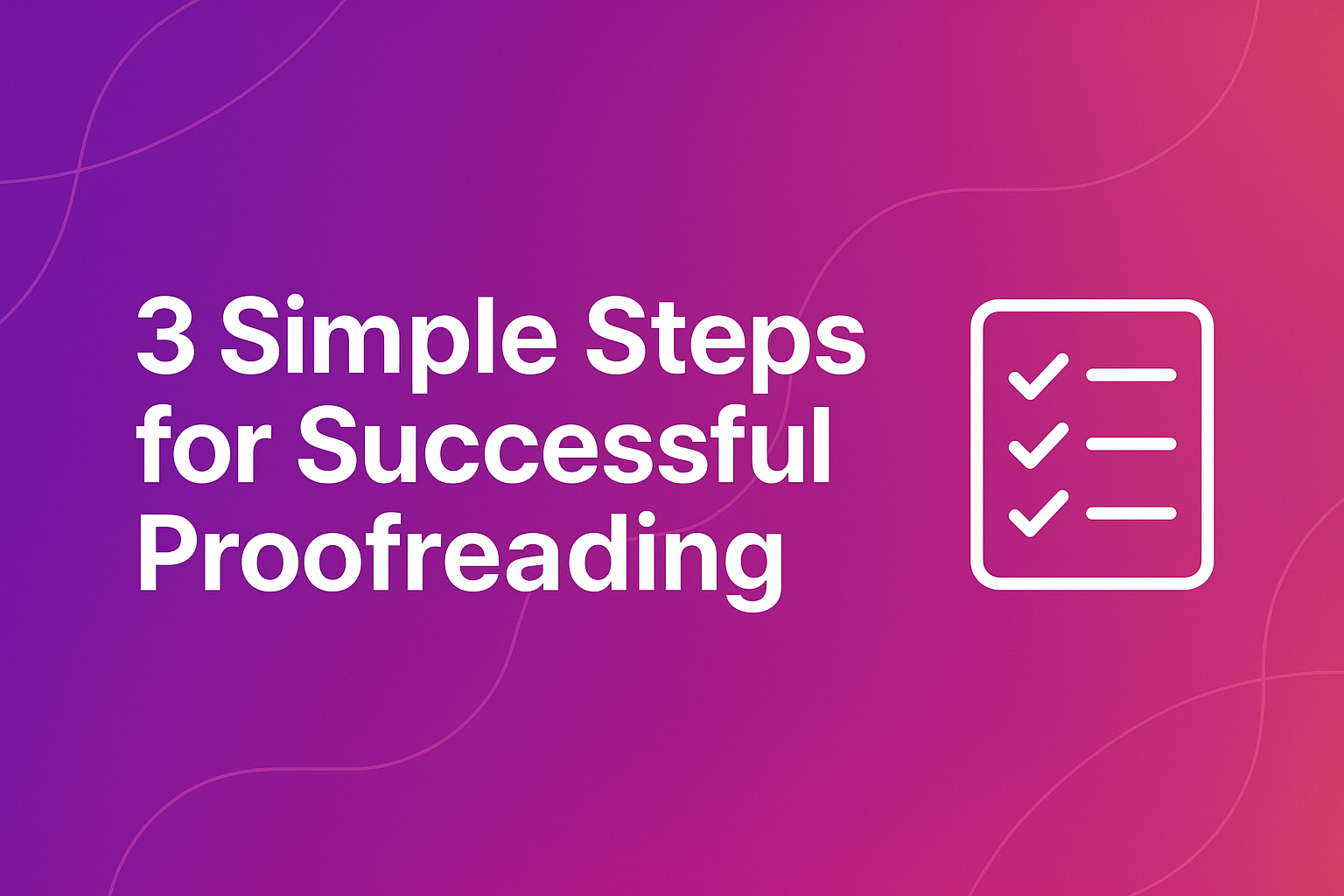
How to Cite Sources Like a Pro: A Comprehensive Guide
Master the art of citing sources with this comprehensive guide covering various citation styles, common mistakes to avoid, and best practices for academic and professional writing.
Read articleCheck your papers for plagiarism with our advanced AI tools


Even experienced writers sometimes pause when deciding between "it's" and "its." This small apostrophe causes more confusion than perhaps any other punctuation mark in English grammar. The good news? Once you understand the underlying rule, you'll never mix them up again.
The distinction between these two words follows a straightforward pattern:
Despite this clarity, the confusion persists because this rule seems to contradict another common grammar rule: we typically use apostrophes to show possession (like "Sarah's book"). However, "its" follows the same pattern as other possessive pronouns like "his," "hers," and "yours"—none of which use apostrophes.
"It's" is always a contraction, meaning it's a shortened form combining two words:
If you're unsure whether to use "it's," try expanding it in your sentence. If you can replace "it's" with "it is" or "it has" and the sentence still makes sense, then "it's" is correct.
For example:
The expanded version makes perfect sense, confirming that "it's" is correct.
"Its" indicates possession or belonging. It works like other possessive pronouns such as "his," "hers," "theirs," and "yours"—which notably do not contain apostrophes.
If you're describing something that belongs to or is part of an "it" (usually an object, animal, or concept), then "its" is the correct choice.
Incorrect: "The cat licked it's paws."
Correct: "The cat licked its paws."
Remember: Despite the normal rule of using apostrophes for possession, "its" follows the pattern of possessive pronouns.
Incorrect: "Its going to rain tomorrow."
Correct: "It's going to rain tomorrow."
Remember: If you can replace the word with "it is" or "it has," use "it's."
There is no such form as "its'" in standard English. If you find yourself writing this, step back and reconsider what you're trying to express.
Always try expanding "it's" to "it is" or "it has." If the expansion makes sense, use "it's."
"Its" follows the same pattern as "his" and "her"—possessive pronouns with no apostrophes.
Remember that apostrophes in contractions replace missing letters. In "it's," the apostrophe replaces the "i" in "is" or the "ha" in "has."
"It's has something missing (letters), so it needs an apostrophe to fill the gap."
The confusion between "it's" and "its" stems from an apparent contradiction in English grammar rules:
This inconsistency trips up many writers. Furthermore, in casual typing and texting, apostrophes are often omitted or automatically inserted by autocorrect features, reinforcing incorrect patterns.
While mixing up "it's" and "its" might seem like a minor error, it can:
"The sun was setting, and its rays cast long shadows across the field." "It's been said that every journey begins with a single step."
"The store will close it's doors at 9 PM." (incorrect) "The company celebrated it's 50th anniversary." (incorrect)
Test your understanding with these sentences:
(Answers: 1. its, 2. It's, 3. its, 4. It's, 5. its)
The distinction between "it's" and "its" follows a consistent rule that's easier to remember than it might initially seem. "It's" is always a contraction of "it is" or "it has," while "its" is always the possessive form.
By applying the simple expansion test—replacing the word with "it is" or "it has"—you can quickly determine whether an apostrophe is needed. With a bit of practice, this distinction will become second nature, strengthening your writing and helping you communicate more effectively.
Remember: "It's" a small detail that makes a big difference in "its" impact on your writing quality!

Master the art of citing sources with this comprehensive guide covering various citation styles, common mistakes to avoid, and best practices for academic and professional writing.
Read article
Explore how artificial intelligence is transforming language correction, writing assistance, and the broader landscape of human communication.
Read article
Master the art of proofreading with these three essential steps that will help you catch errors and polish your text to perfection.
Read article